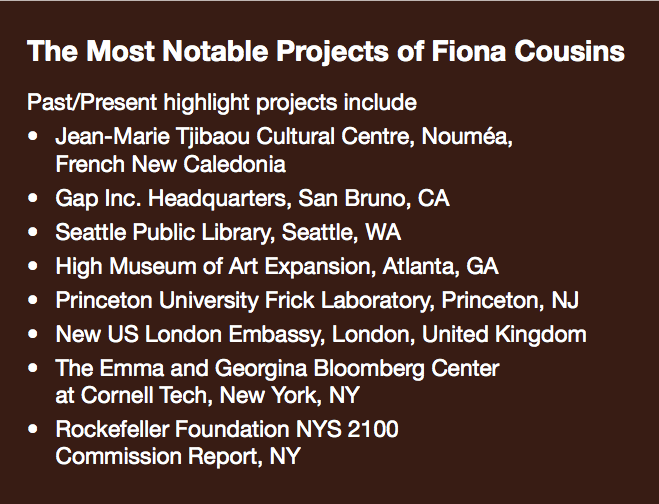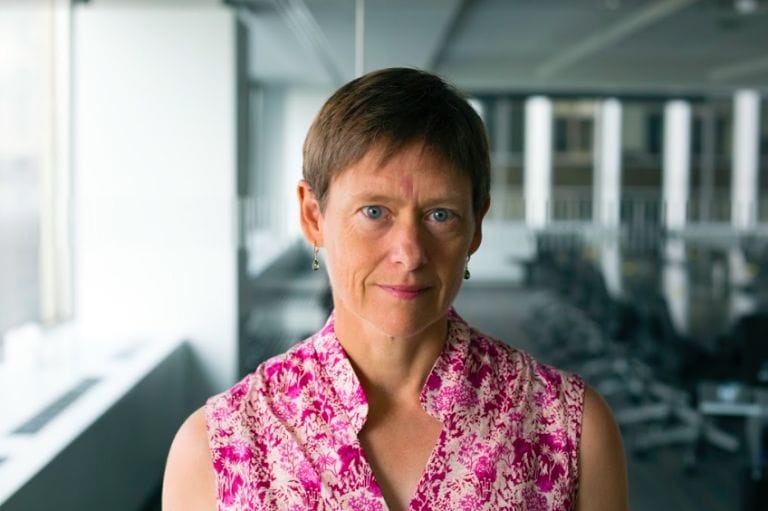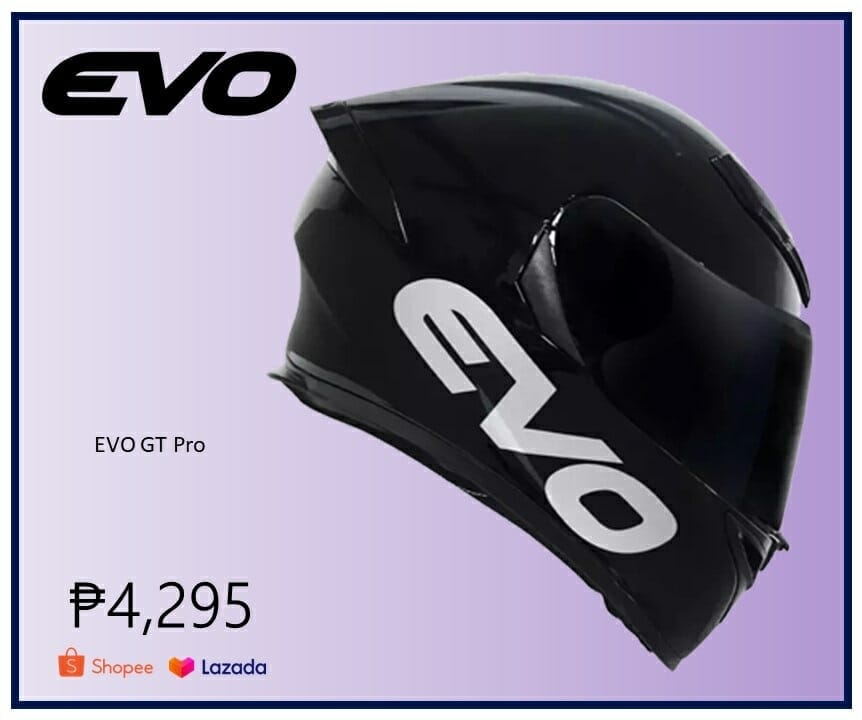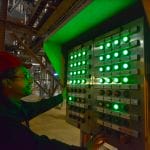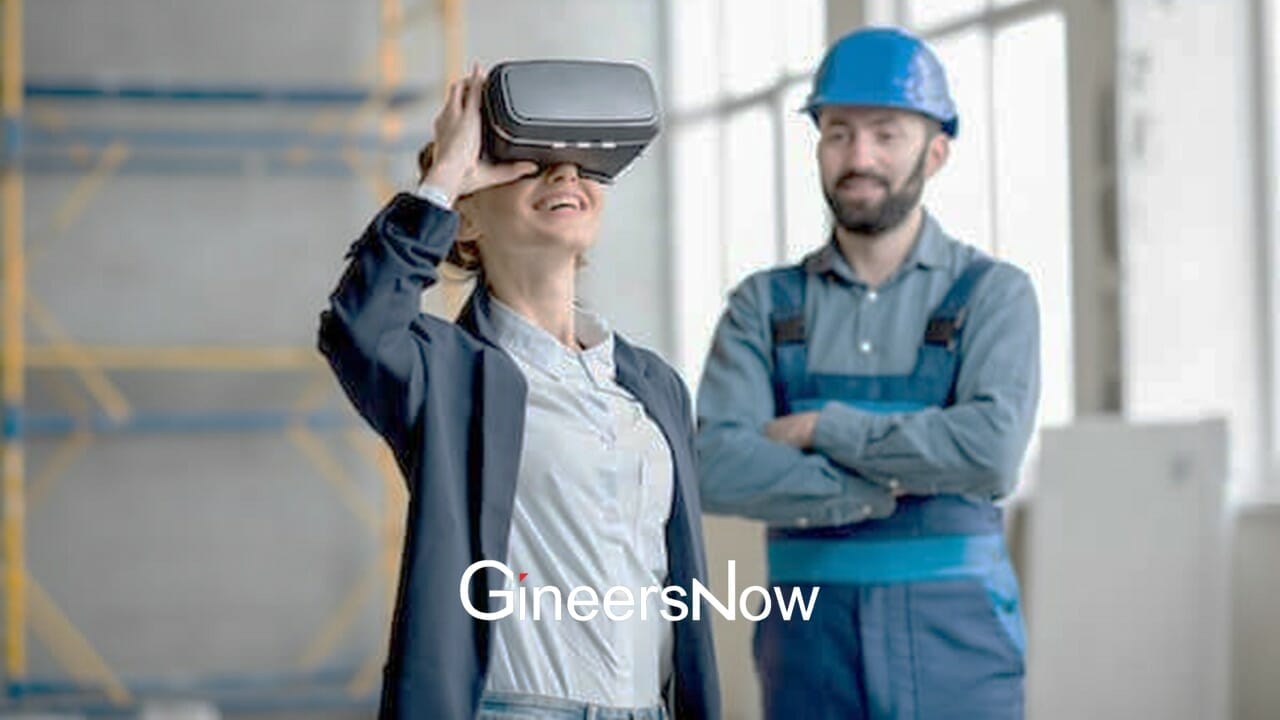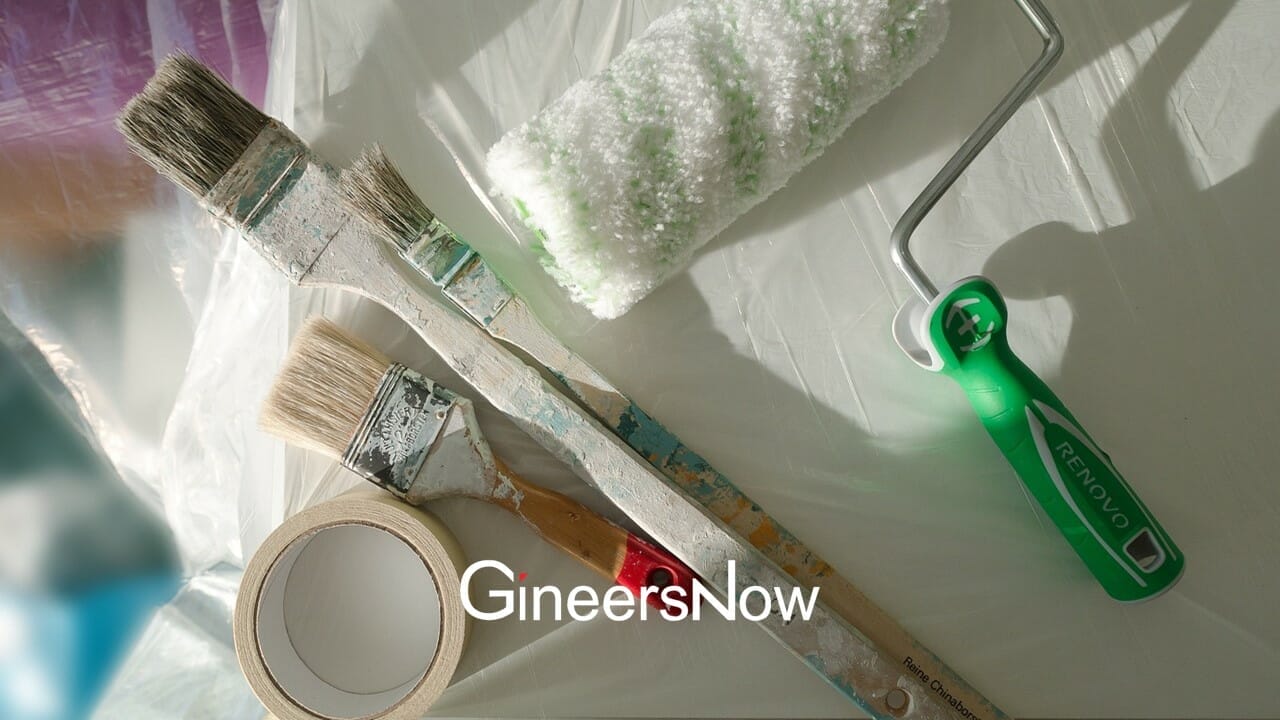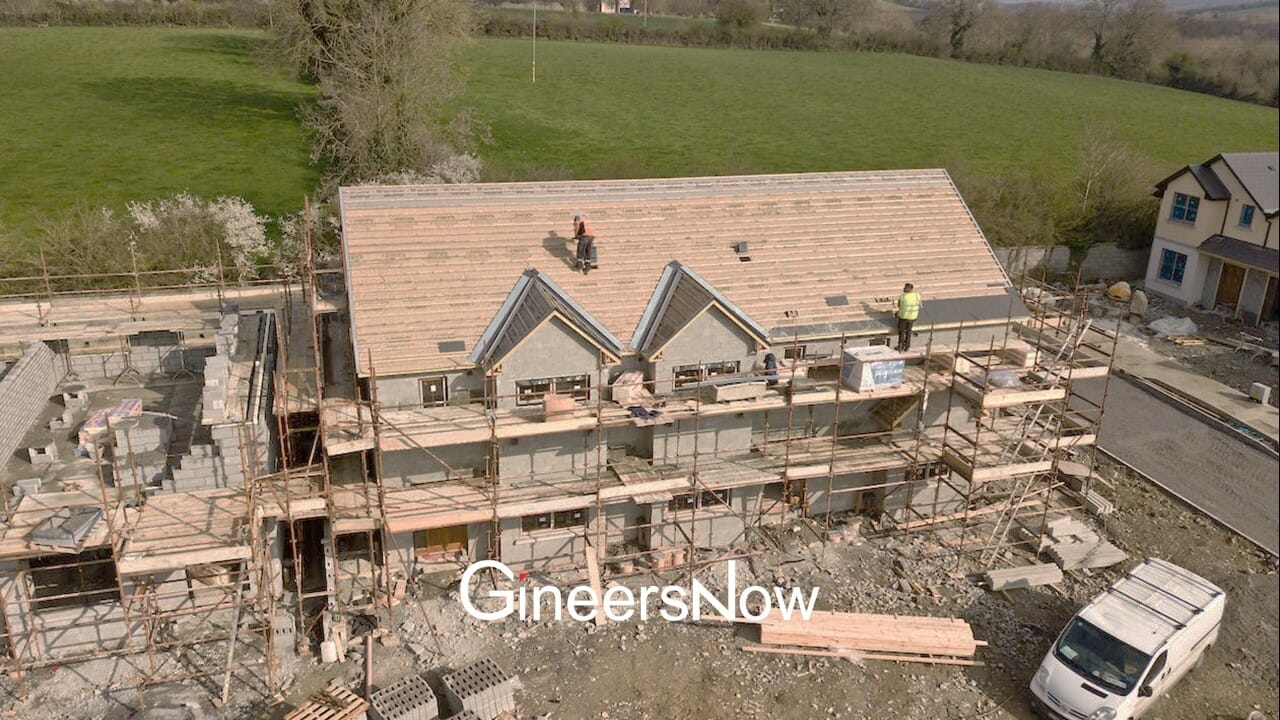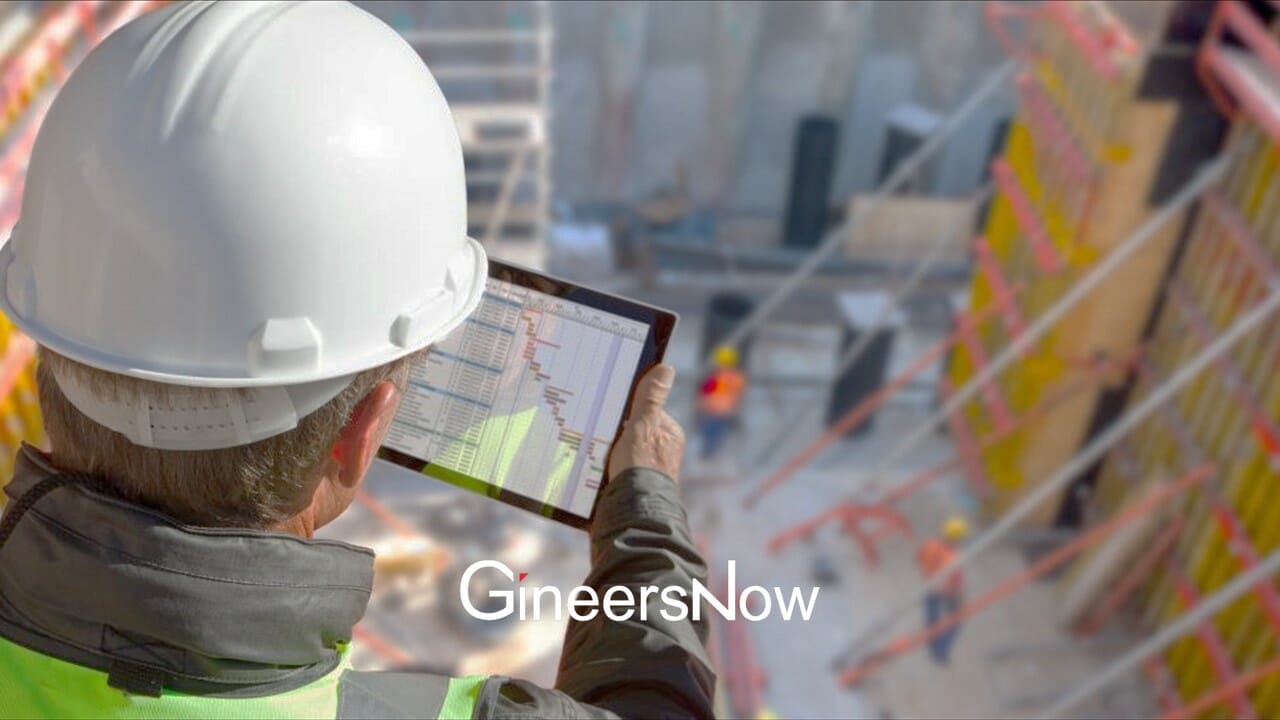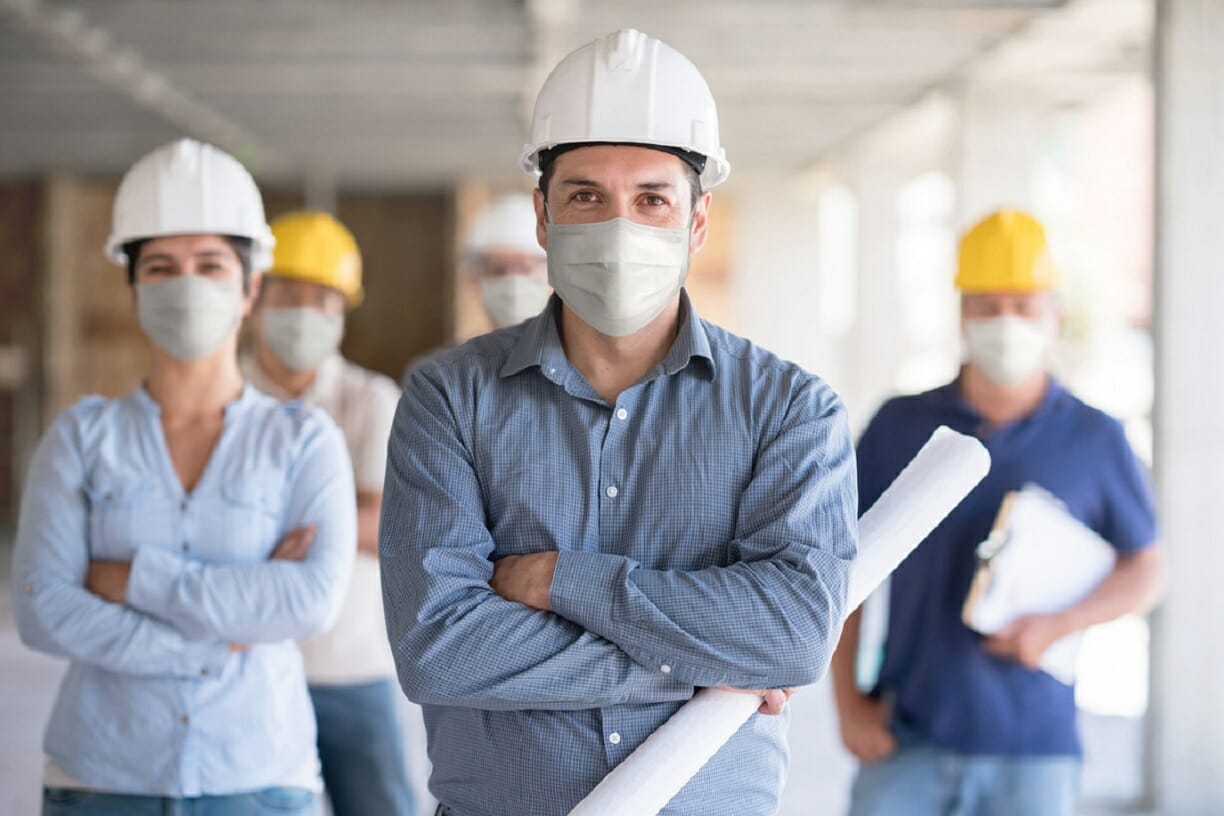An exclusive interview with Fiona Cousins,
Board Member and Principal of Arup
THE COMPANY
What is the current size of your company?
Arup opened its first US office over 30 years ago and and now employs more than 1,500 people in 11 offices across the US, Canada, and South America. Globally, Arup has more than 13,000 people working in 85 offices across 35 countries.
Our staff brings together professionals from our three business areas – buildings, infrastructure and consulting – on a unique scale. The resulting synergies between in-house engineers, planners, designers, financial experts, consulting specialists, sustainability professionals and more adds tremendous value for clients. Our depth of expertise and range of specialists allows us to successfully deliver complex, strategic projects that no other firm has the capacity to manage.
Where is this company headed? What are your future expansion plans?
Above all we are a firm that embraces change – living by Ove Arup’s goal of doing our work “as well as it can be done”, to push boundaries and find a better way.
Arup has always been at the forefront of innovation in the built environment. We expect to continue to build our technical capability through innovation to purposefully create better outcomes for our clients and to shape a better world. Arup has always chosen to grow organically, focusing on developing the value of our people through training, research and collaborative experience.
We also believe that the inexorable growth of cities and the urgent need to tackle climate change are two important issues that will shape our future for many years to come.
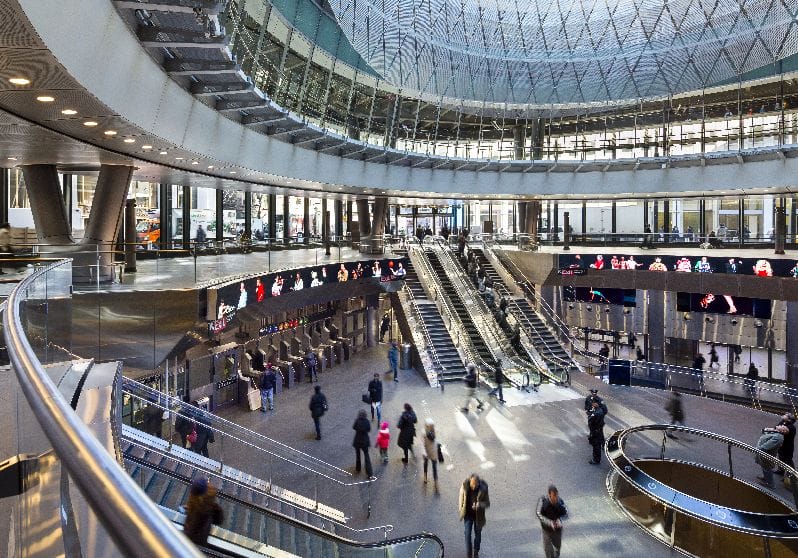
THE SERVICES
What were the most successful sustainable/green projects you have launched? Why were they successful?
Projects that have a clear set of sustainability goals that are understood throughout the client organization are the ones that produce the best results. The clear goals keep a strong focus on the benefits of sustainability for the organization and their relative priority to other goals, especially when there is an appearance of higher cost associated with higher performance.
For some organizations, the health of the building occupants is most important, for others it’s the bragging rights on energy efficiency or minimized water use. Most organizations with a strong sustainable ethos will want a mix of good sustainability outcomes and working out which are most important and achievable in the context of the site or program. This can be a challenging discussion. There is an inevitable need to compare things that are not directly comparable and the friction generated in discussion can help to clarify priorities. Having this conversation is also an indicator of success for sustainable outcomes.
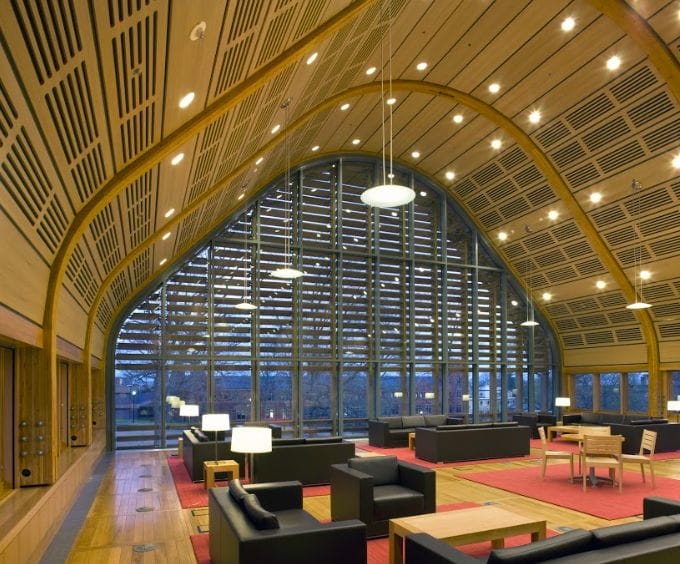
LEADERSHIP & SUSTAINABILITY
What makes an organization like Arup so successful? What is Arup’s secret recipe for success?
Arup is a values-driven organization. Our mission is to shape a better world and we work to do this through the creativity of individuals and the technical challenges presented to us by our clients. Our people are curious and persistent in their approach to technical challenges and much of the role of leadership is creating opportunities and providing support for our people. If we can do this then our people will have great ideas that have socially useful outcomes.
Why is sustainability an important part of Arup?
Our company mission is to shape a better world but there are many competing ideas about what ‘better’ means. Sustainability provides a framework to assess these ideas. We have considered sustainability through the focus areas of social, economic and environmental impacts for many years and are now working to apply the UN sustainable development goals. These lenses give us a broad view of the outcomes of our projects and push us to understand the underlying issues and goals which in turn push us to consider a wider range of possible solutions.
My core area of expertise is in energy use in buildings – building energy use, and the related carbon emissions, are a significant component of the overall carbon emissions in all developed economies. Carbon emissions are the main contributor to climate change, and climate change is the greatest challenge of our time, threatening many cities, and perhaps even civilization as we know it, through sea level rise, extreme weather patterns, changes in the nutrient value of our food and the robustness of the food chain. As engineers with this kind of expertise we cannot sit out this challenge – it is our responsibility to ourselves, our history and future generations to advocate and design for a better built environment. A built environment that reduces carbon emissions through waste and energy use minimization and that is resilient to the effects of climate change.

ENVIRONMENTAL IMPACT & CSR
Which organizations or individuals do you support?
Arup offers structured platforms, such as community engagement, for our people to work on a variety of pro bono projects and give back to the society with their expertise. This is just one reason why people feel proud to work for Arup. Partnering with various charitable organisations such as A Drop of Life, Sowers Action, St James‘ Settlement, RedR and Wu Zhi Qiao (Bridge to China) Charitable Foundation, we use our skills to provide post-disaster relief and help the underprivileged where we can across the region and globe.
In addition, Arup and the C40 Cities Climate Leadership Group (C40) announced the formation of a collaborative global partnership. Over three years, Arup will invest $1 million into research through the partnership with C40, to offer cities increased insight to accelerate action on global climate change. Through the development and delivery of this rigorous research, Arup-C40 will help to improve the measurement, management and strategic planning of climate action in cities. Arup also has a partnership with WaterAid that is based on shared values of community development, a shared vision of a world where no person lacks access to clean water and sanitation and a collaborative relationship where Arup staff contribute their skills and work with WaterAid to improve the lives of the less fortunate.

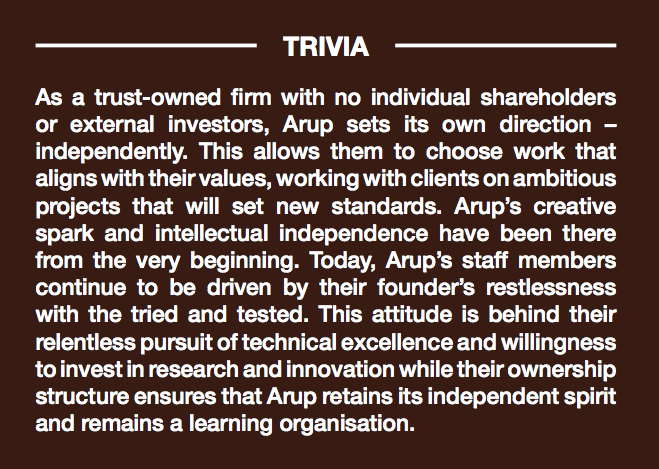
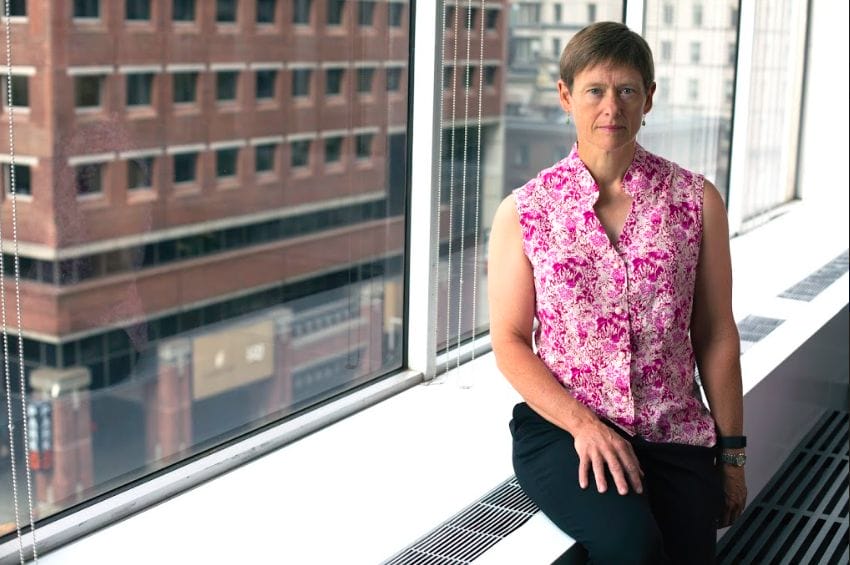
THE PERSON
I am from London, UK, and have been working with Arup since my ‘gap’ year between school and university. I studied engineering at Cambridge University and then joined Arup in the Research and Development Team. My first job was writing building thermal performance analysis software, and I then moved to a design group where I used that software on a variety of buildings all over the world. I became very interested in the energy performance of buildings and expanded that interest over the next few years to include all aspects of sustainability.
A few years after I graduated I took on a volunteer role as the site engineer for a primary health care facility in Tanzania that was built by hand using village and volunteer labor. I learned a great deal from this role about teamworking, how diversity of experience can help solve problems, and how to get things done with very little resource.
I moved from London to San Francisco in the mid 90s and worked on a number of institutional and educational projects. I moved from San Francisco to New York in 1999 and have been there ever since. My work has focused on highly energy efficient and net-zero buildings and how to achieve the most sustainable outcomes possible for buildings. This is both a technical and a social challenge for design teams.
I worked with AIA NY to put on the exhibition “Buildings = Energy” which examined both the embodied and operational aspects of energy use. My team has also worked on a variety of corporate sustainability plans – I have been most interested in identifying key areas of impact and the best ways to focus on these.
Sustainability and resilience are distinct, but are often linked together. I worked on the on the Rockefeller Foundation NYS 2100 Commission Report on infrastructure for New York State and an analysis of building typologies and the likely costs of storm-hardening and repair for NYC.
My current roles include regional and global board member and project director for a variety of buildings and sustainability consulting projects. I was the chair of the board of directors of USGBC in 2016.
I have been working in engineering and consulting for the built environment for about 30 years.
